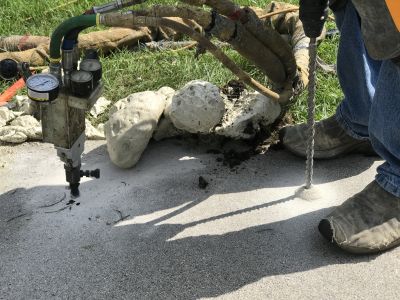Precision in Ground Leveling for Optimal Building Performance
Ground leveling is a crucial step in preparing a site for construction or landscaping. Proper leveling ensures stability, prevents water pooling, and creates a smooth surface for subsequent work.

Initial Ground Assessment
Before starting the leveling process, assess the current ground conditions. Identify high and low spots to plan your approach effectively.
Essential Tools for Ground Leveling
- Laser level or transit
- Shovel and rake
- Compacting equipment
- Measuring tape
Using the right tools ensures accuracy and efficiency during the leveling process. A laser level helps identify uneven areas precisely.

Preparing the Site
Clear debris, rocks, and vegetation from the site. This prepares a clean surface for effective leveling and prevents obstructions.
Step-by-Step Ground Leveling Process
Consistent compaction is vital to prevent future unevenness. Use a plate compactor for best results.

Using a Plate Compactor
A plate compactor helps achieve a firm, level surface by compressing the soil uniformly.
Once compacted, recheck the surface for any uneven areas and make necessary adjustments.
| Step | Description |
|---|---|
| Assessment | Survey the site to identify uneven areas. |
| Preparation | Clear debris and vegetation. |
| Filling | Add soil to low spots and remove excess from high spots. |
| Leveling | Use tools to distribute soil evenly. |
| Compacting | Press soil down for stability. |
| Final Check | Verify levelness and make adjustments. |
